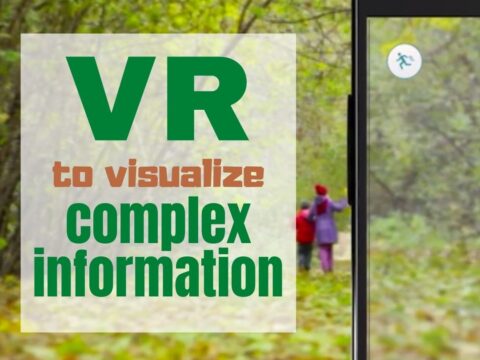 What no teacher ever says: “I had no problem using technology in my classroom.” Even if YOU understand the plethora of digital tools, that often isn’t true for parents, other teachers, your Admin. Which becomes a challenge.
What no teacher ever says: “I had no problem using technology in my classroom.” Even if YOU understand the plethora of digital tools, that often isn’t true for parents, other teachers, your Admin. Which becomes a challenge.
Ask a Tech Teacher contributor Sara Stringer addresses some of the biggest problems even geeky teachers face when trying to build a technology-infused classroom:
Computers are more a part of education than ever before, be it classroom teachers using computer technology to get through to their students, or students attending classes entirely online. Computer technology has become the future of education, and yet there are still challenges that make technology less effective than it could be.
Technological Threats
With increased computer use also comes increased threats. Students and teachers who use public networks to access school resources are at greater risk from several different computer threats. While schools can make sure their internet security is up to date, individuals who connect with their personal devices can still end up loading infected files to the network.
One solution is to require that all outside machines meet certain specifications, such as having an up to date virus or internet security program installed. Even Macs are becoming more vulnerable to viruses and malware, and those users should install internet security or an antivirus for Mac that will send warnings if the machines are compromised.
Technical Support and Training
Older teachers may not have experience with, or be comfortable, using computers in the classroom. Additionally, there could be students who have very little experience with computers in their daily lives. As a result, not only are teachers often tasked with training students, in addition to teaching their own coursework, many of them are also just learning the systems themselves.
Even if you students and teachers that are completely comfortable with computers, there is still the issue of technical support. Computers break down and software installs and upgrades can fail; if there isn’t an adequate support staff on hand, that equipment will sit unused. Unfortunately, not all schools can afford to have a tech guy on site, which means they may have to share the tech with the entire district – if they have one at all. Some districts may have no tech support, relying instead on teachers and administrators troubleshooting problems, which disrupts the learning process.
Equipment Availability and Access– Schools and Classrooms
Unfortunately, not all schools are created equal. Some districts have a lot of money to spend on computers, electronic planner systems, and other equipment to full integrate technology into their programs. Other districts struggle to meet even the basic needs of their students, which makes investing in technology almost impossible.
There are programs, like Cincinnati’s Crayons to Computers, which take donations of equipment and supplies for needy schools, but those programs are far and few between.
Even the schools that have equipment may not have enough to meet the needs of all their students. As a result, students have to share lab time, which greatly reduces the amount of time they can spend on the computers.
Equipment Availability and Access – Student Homes
Just as all schools are not created equal, the same applies to the individual students. Even as the use of technology has become more widespread, there are still people in this country who do not have access to computers, or to the internet. For some student households this is a financial issue, for other’s it could be a matter of geography.
For example, there are rural areas where phone and internet companies can’t run the required cabling for internet connectivity. These areas may have to rely on cellular and satellite connectivity, which can sometimes be slower and have usage caps. There are also issues of gender at play, with boys often getting more time on the computer than girls.
The Department of Education is looking at strategies for allocating computer resources in the schools, to find a better way to meet student needs. They are also looking at strategies to make technology more accessible outside of the school setting, as well providing adequate training and support to students, teachers, administrators, and staff.
Photo made with Lunapic
Jacqui Murray has been teaching K-18 technology for 30 years. She is the editor/author of over a hundred tech ed resources including a K-12 technology curriculum, K-8 keyboard curriculum, K-8 Digital Citizenship curriculum. She is an adjunct professor in tech ed, Master Teacher, webmaster for four blogs, an Amazon Vine Voice, CSTA presentation reviewer, freelance journalist on tech ed topics, contributor to NEA Today, and author of the tech thrillers, To Hunt a Sub and Twenty-four Days. You can find her resources at Structured Learning.





































Computer Technology programs are finding their way into classrooms earlier and earlier, yet, many adults are still finding themselves lacking in computer literacy. The future is looking to rely more on computers than ever before and it is still a relatively new medium to the working world. Many adults still need a platform to advance their computer literacy and I think educations programs, including college level establishments, should provide affordable computer classes to avoid from falling behind the curve.
Very true, Robyn. Most schools I know struggle with that.